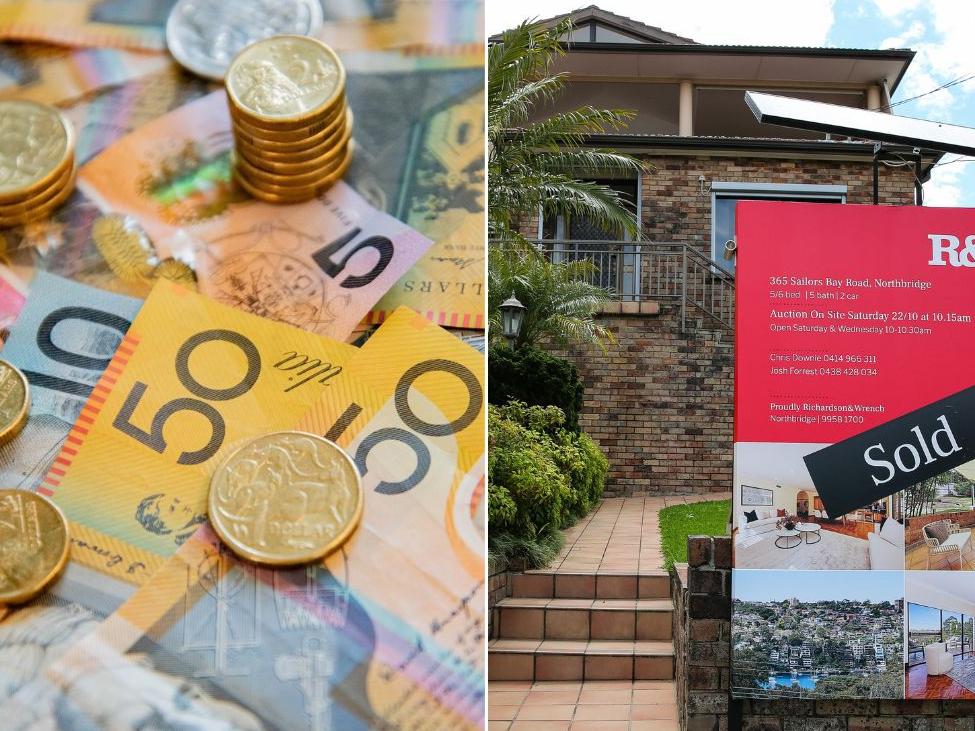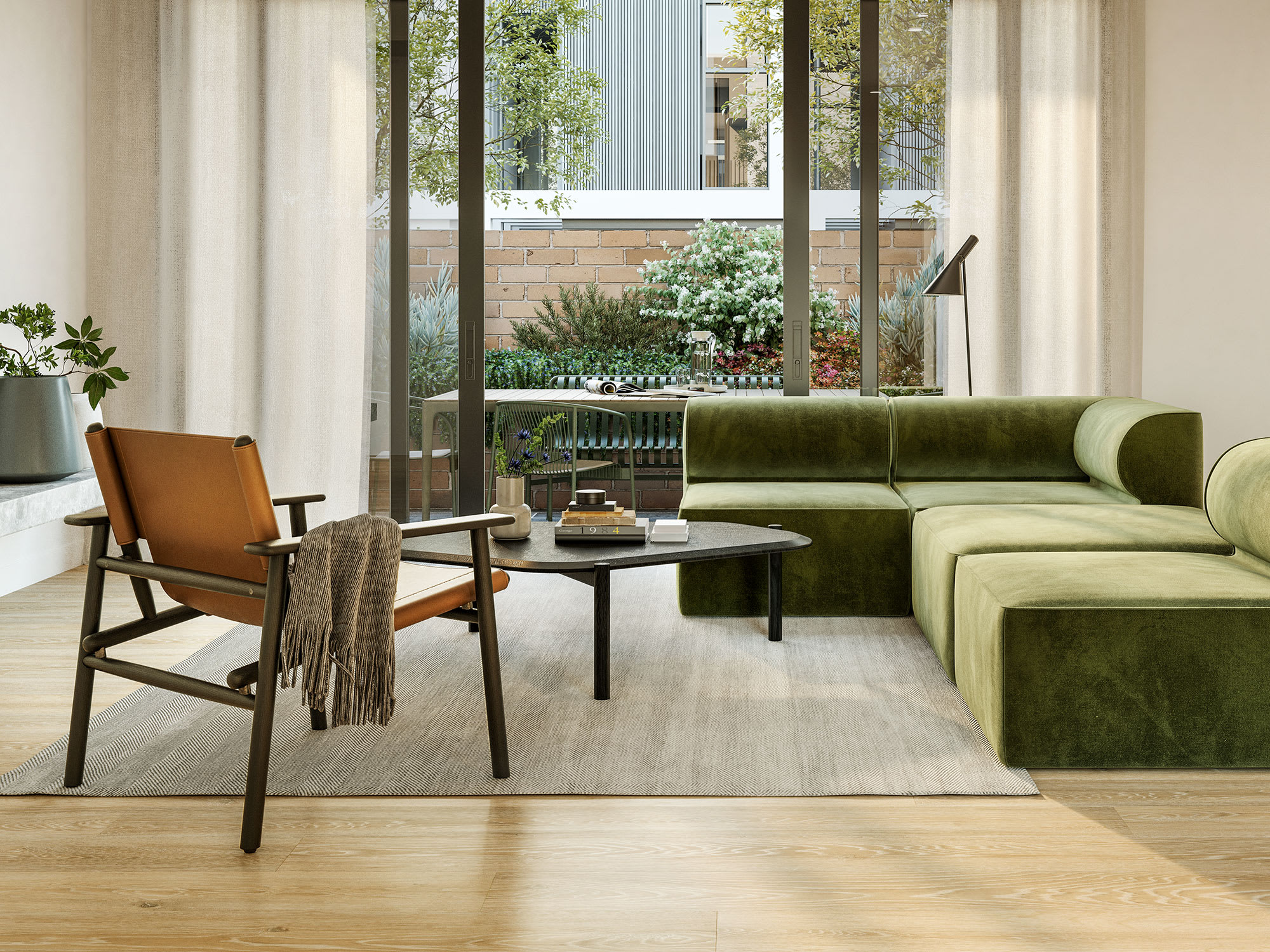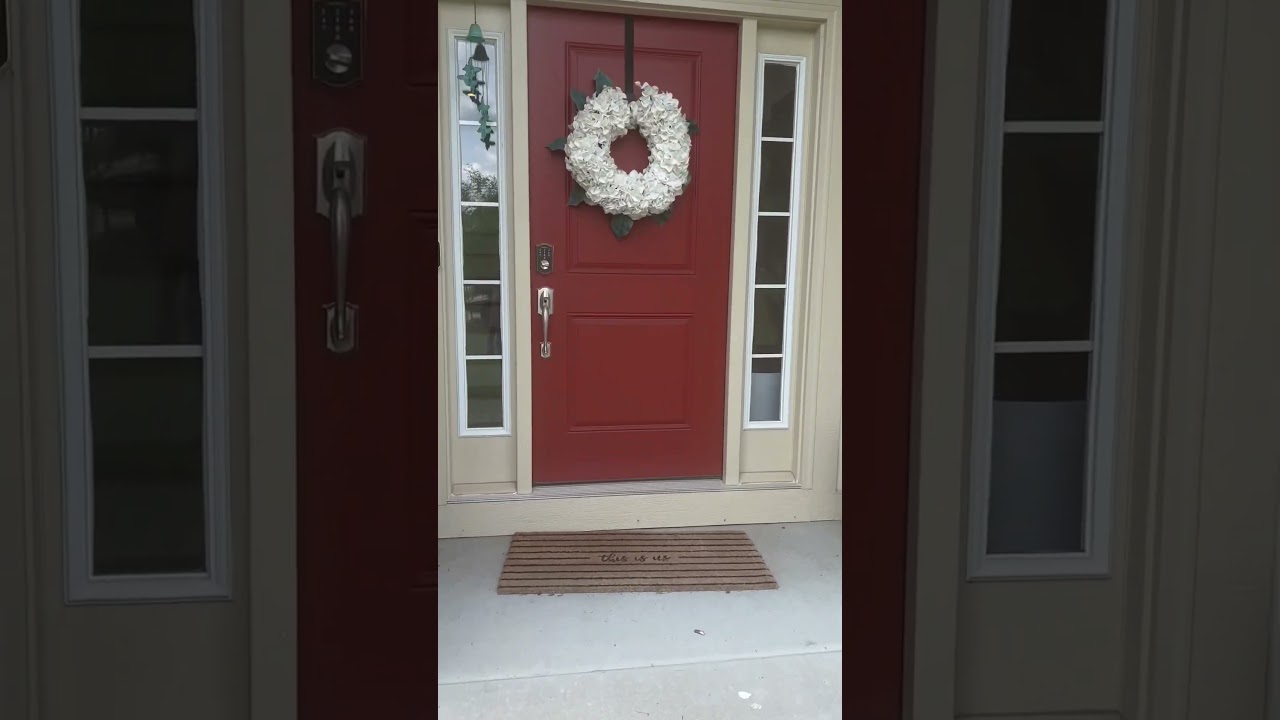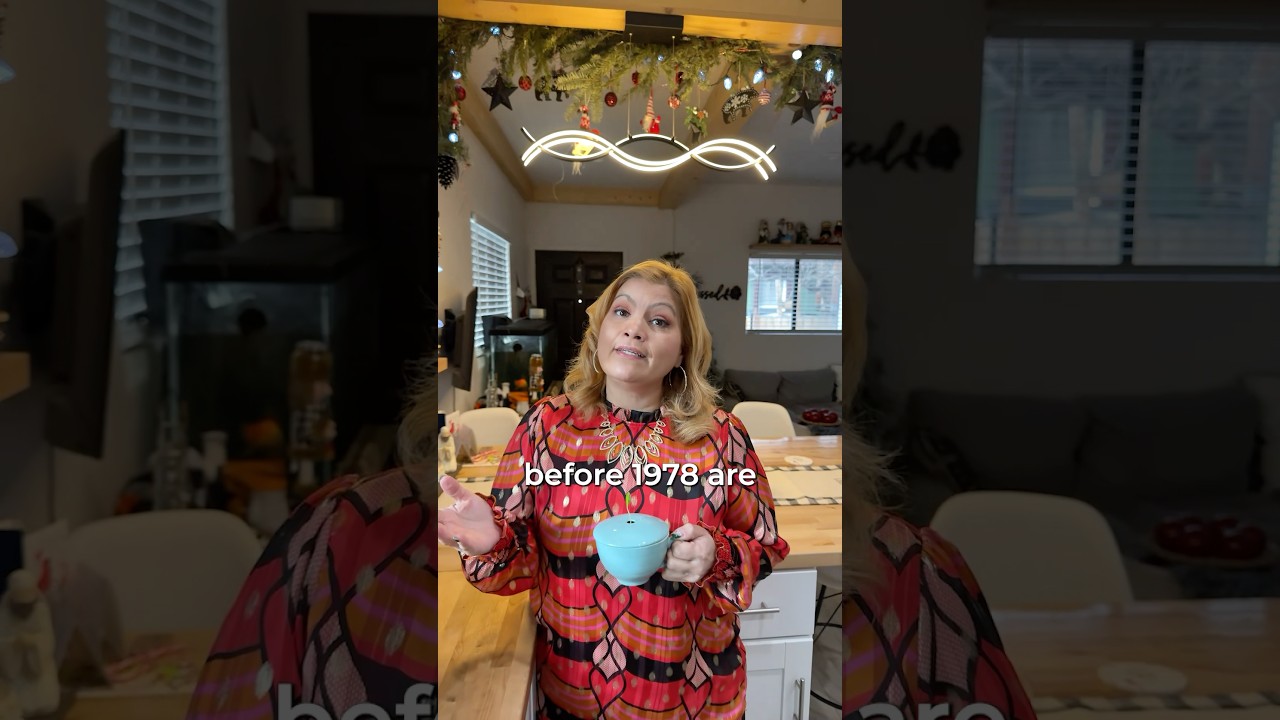
Home prices could drop by more than $100,000 in much of Sydney this year as buyers hit critical affordability barriers and interest rates remain elevated, economic modelling has revealed.
It comes as housing experts report much of the market became overvalued during 2024, with prices growing well beyond the reach of many people’s incomes.
Home seekers now need a household income of nearly $280,000 a year to afford a house at the current city median price of about $1.44m and about $160,000 a year to buy an average unit ($850,000), Finder analysis of mortgage and PropTrack price data showed.
There were an additional 300 areas – equivalent to about two in five Sydney suburbs – where house buyers needed to earn over $400,000 annually to afford the average house.
Demand at auctions was softer in late 2024. Picture Thomas Lisson
This is if they used a 20 per cent deposit, wanted to avoid mortgage stress (or spending more than a third of their income on repayments), and were charged the typical loan rate (6.23 per cent) offered by banks.
Various sources place Sydney’s median household income in the range of about $120,000-$160,000 a year.
SEE FULL LIST OF SUBURBS BY INCOME NEEDED TO BUY A HOME
There were just 14 suburbs where a homebuyer with an annual income below $100,000 could buy at the median unit price – most of which were more than 30km from the Sydney CBD.
Finder.com.au personal finance specialist Taylor Blackburn said home prices were beginning to exceed the level most people could pay.
Buying the average Castle Hill house requires a $488k income if using a 20 per cent deposit.
“If you aren’t lucky enough to have the bank of mum and dad on your side – or significant savings to begin with – home ownership is moving more and more out of reach,” he said.
“The money required to purchase a home in every capital city is well above the average salary, and in NSW, nearly three times the average yearly wage.”
A report by SQM Research showed current house and unit prices may not be sustainable. The modelling indicated city prices would likely fall by up to 5 per cent over the 2025 calendar year.
Given current prices, this would shave off $100,000 or more off the value of houses in suburbs such as Castle Hill, Strathfield, Randwick, Paddington, Epping, Ryde, Annandale, Earlwood, Marrickville and more than 100 other areas.
PropTrack economist Anne Flaherty said national home prices dropped for the first time in two years over December.
MORE: Australia’s most popular homes in 2024
SQM’s modelling assumed there would be a cut in interest rates by the middle of the year, but it noted that falls could be bigger if the Reserve Bank failed to drop the cash rate.
SQM Research director Louis Christopher told The Saturday Telegraph in late 2024 that prices had been “overvalued” in Sydney for some time.
A weaker business climate, more listings and a growing sense of hesitancy from buyers to move until there is a cut in interest rates suggested prices would drop over the coming months, Mr Christopher said.
“Current interest rate settings are biting the community,” he said.
Housing analyst Jeremy Sheppard, commenting on recent SuburbData research showing prices in many suburbs were “overvalued”, said much of Sydney had peaked and an adjustment in values appeared likely.
Mascot apartments now require a household income of about $176k to buy.
There were many markets that had “run out of puff” or were “about to run out of puff”, he said. “What tends to happen is that when a market peaks after extreme growth, there’s a realisation that prices have gone too far … it reaches a point where it’s more than buyers are willing to pay.”
Sydney’s housing market had already been stalling over recent months after previously growing strongly in late 2023 and early 2024. Prices dropped 0.29 per cent over December – the third monthly median price fall since September, PropTrack revealed.
December also represented the first time in two years that national home prices dropped, with prices falling in Melbourne, Adelaide, Brisbane, Darwin, Hobart and Canberra.
PropTrack economist Anne Flaherty said “softer” economic conditions were beginning to drag on the housing market, while a recent increase in listings was removing pressure on buyers to bid up prices.
“While December was the first month in which national home values declined in two years, price growth momentum had been slowing since March 2024,” she said.
“Contributing to the slowdown – and reversal – of price growth, the number of properties for sale has been relatively high over the second half of 2024.
“This has given buyers more choice and we’re seeing them take more time when purchasing.”
REA Group director of economic research Cameron Kusher said an influx of new properties hitting the market had changed the supply and demand dynamic that had pushed up prices in early 2024.
“The increase in available stock has boosted sales volumes but also led to softening demand, which has been a contributing factor to slowing price growth,” Mr Kusher said.
“With more options, buyers face less urgency to purchase, and properties are spending a longer time on the market.
“With price growth moderating, stock levels rising, and the expected timing for interest rate cuts delayed, we anticipate weaker price growth compared to recent years.”







